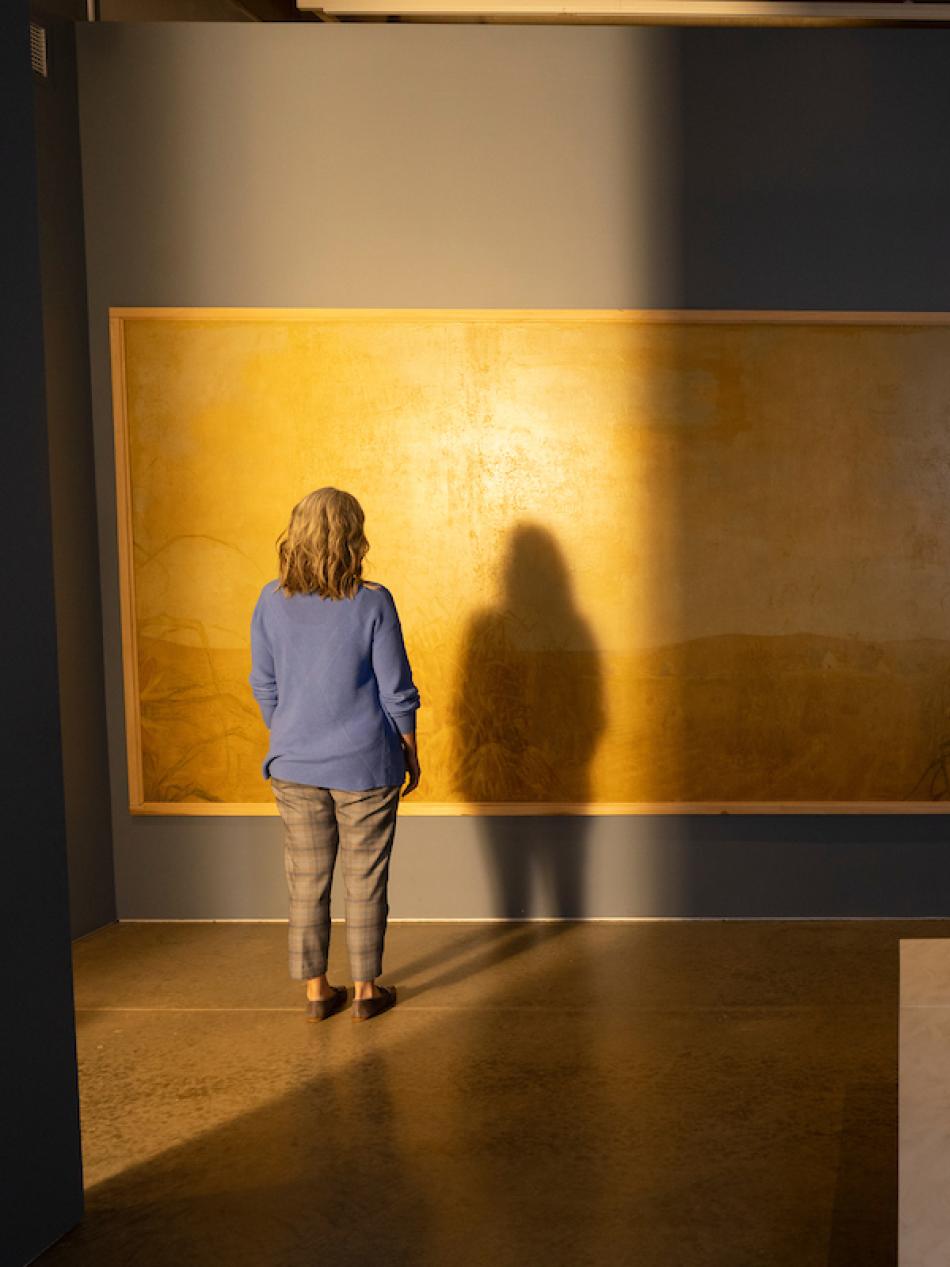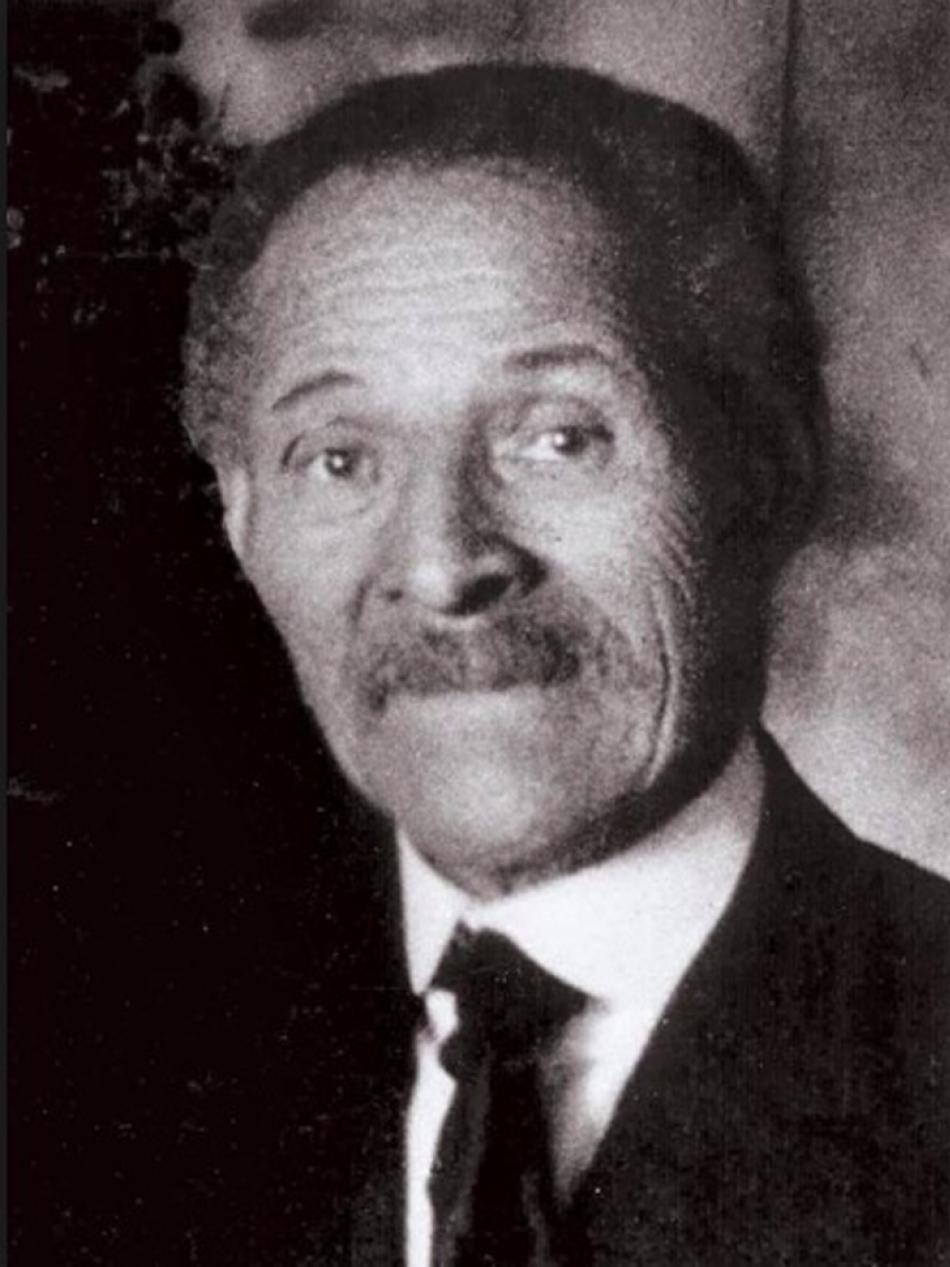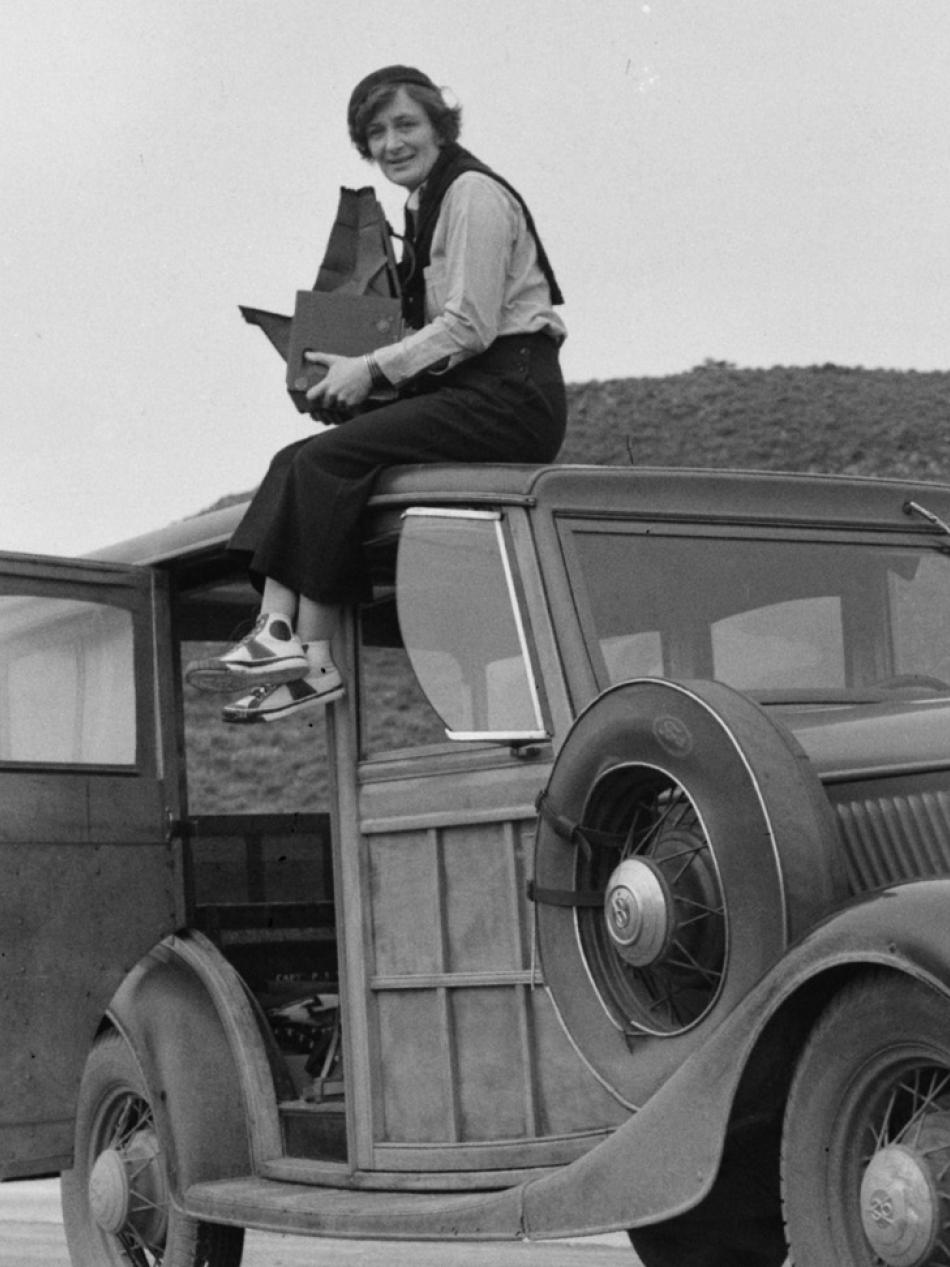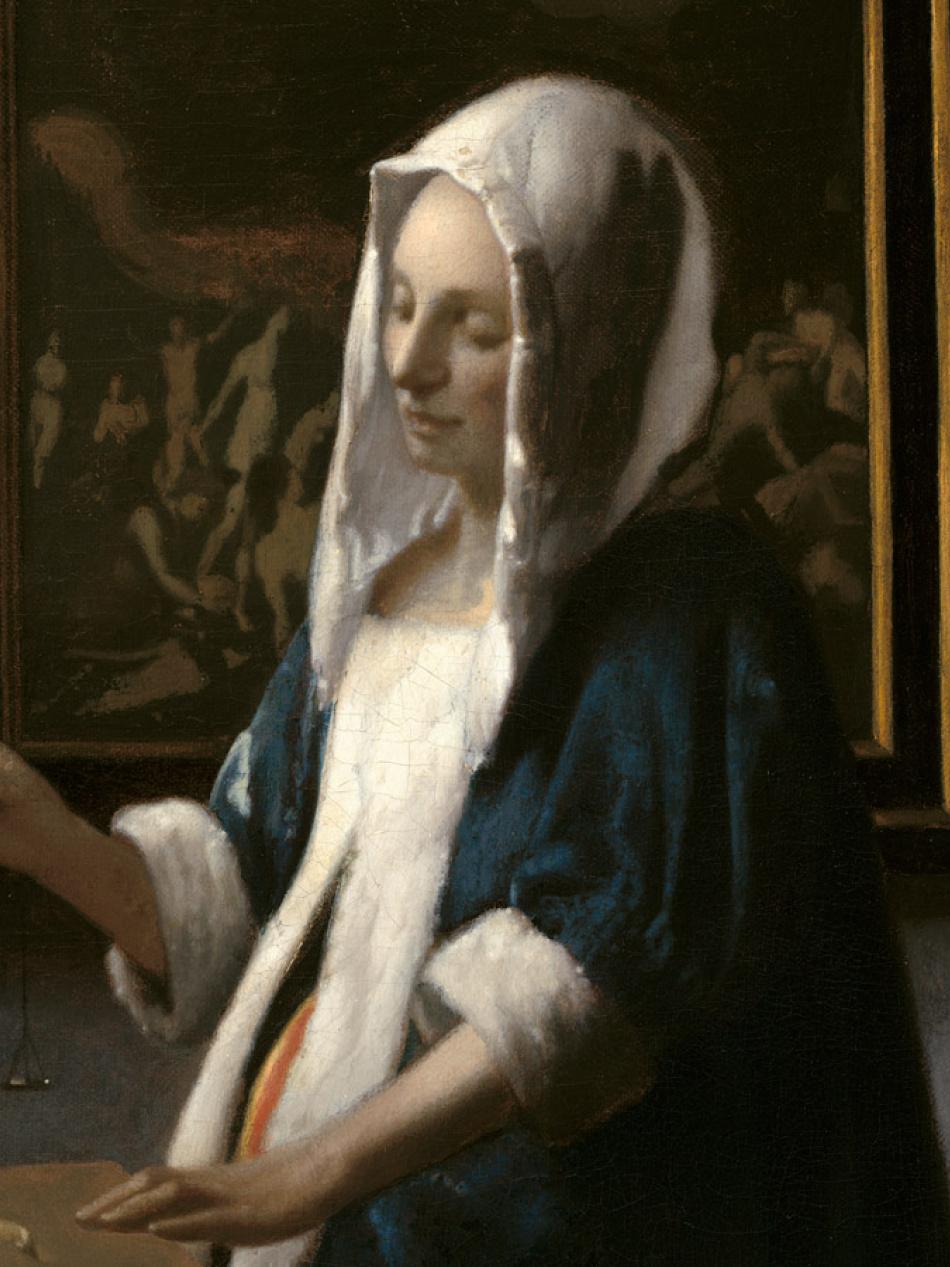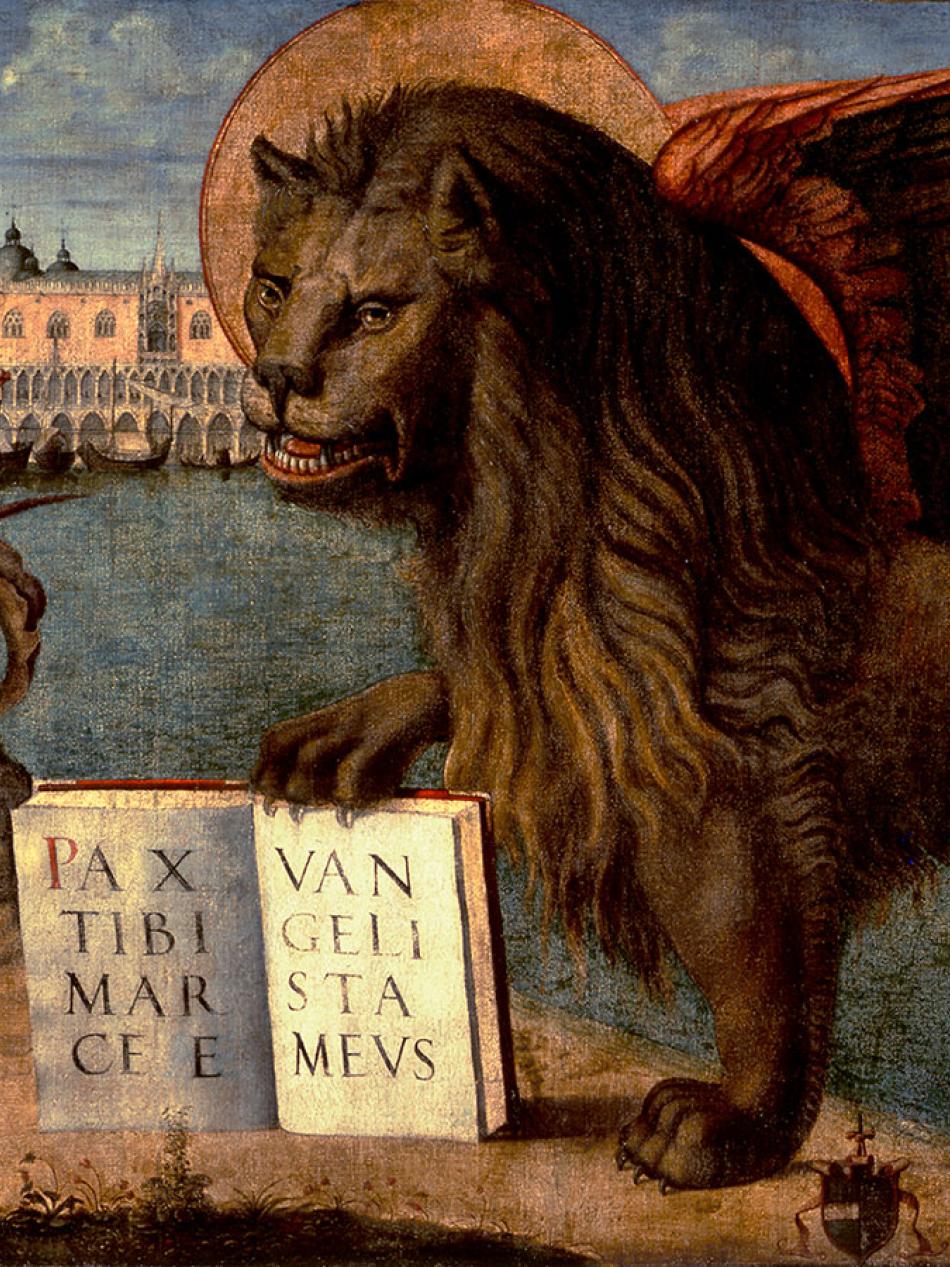
Stories
Read, watch, or listen to inspiring stories about art and creativity.
Jump to:
Editor's picks
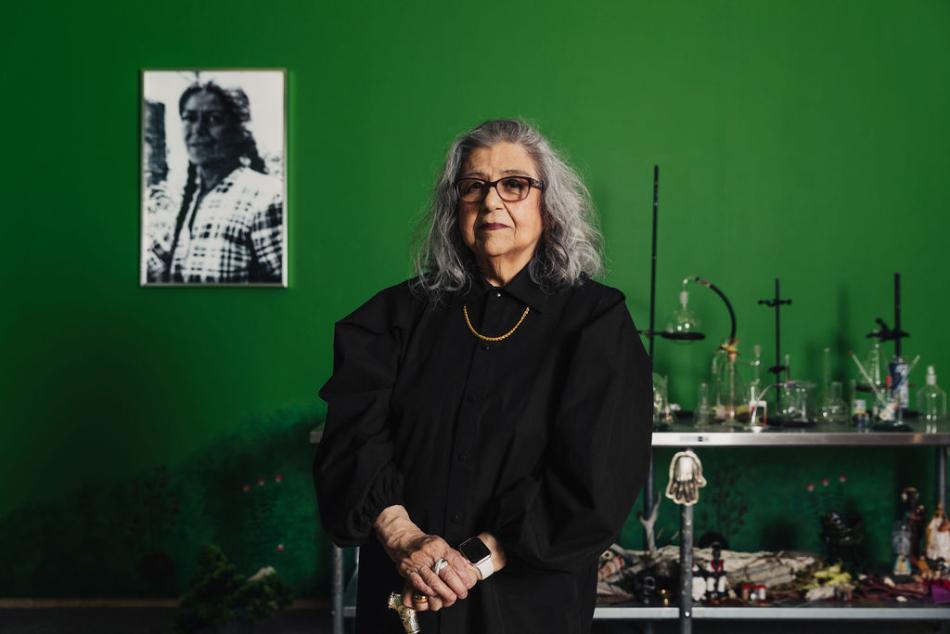
Article: The Collective Memory of Amalia Mesa-Bains
Through her evocative installations, the pioneering Chicana artist seeks to connect the past with the present.
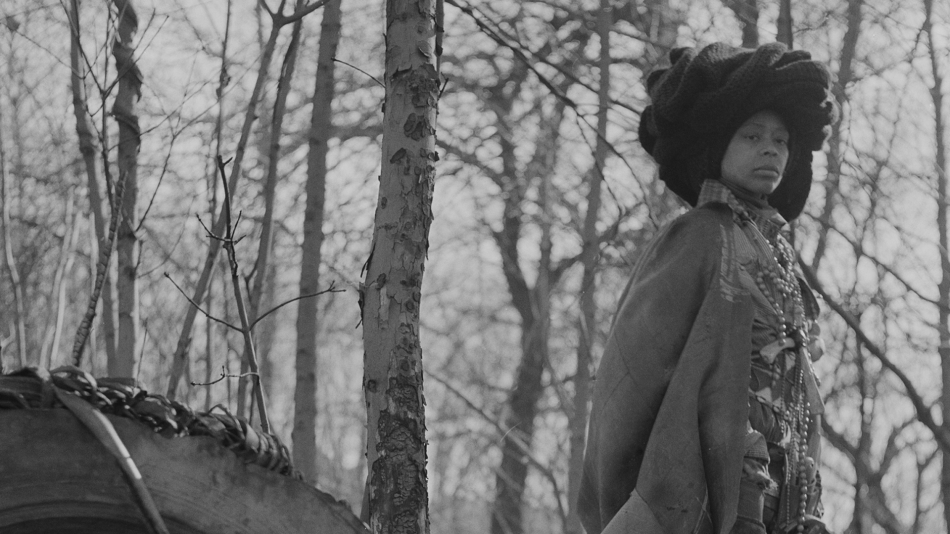
Video: How Artist Chakaia Booker Turns Car Tires Into Transcendence
Examine how Chakaia Booker’s artistic practice serves as a metaphor for Black American experiences of struggle, strength, and survival.

Interactive Article: Stories and Symbols in Jan van Eyck’s "The Annunciation"
The work is a triumph of early Northern Renaissance painting—and storytelling.
Articles
Look closer

Interactive Article: Layers of Power in "The Feast of the Gods"
At first glance, this painting looks like a great party. But it’s more complicated than that.

Interactive Article: Isolation in Pablo Picasso’s "Family of Saltimbanques"
The painting shows us the ambiguity and loneliness of life on the outskirts of society.

Interactive Article: Art Comes to Life in Joan Miró’s "The Farm"
Joan Miró’s complex and captivating painting is full of life and mystery.

Interactive Article: Art up Close: Judith Leyster, the Leading Star of Her Time
Her paintings were passed off as the works of her male contemporaries. Get to know 17th century painter Judith Leyster through the hidden details of her lively self-portrait.

Interactive Article: Art up Close: Jacques-Louis David’s Mythical Napoleon
A magnified look at the details in the imagined portrait of the legendary French emperor.

Interactive Article: Stories and Symbols in Jan van Eyck’s "The Annunciation"
The work is a triumph of early Northern Renaissance painting—and storytelling.
Videos
Catch up on our latest videos
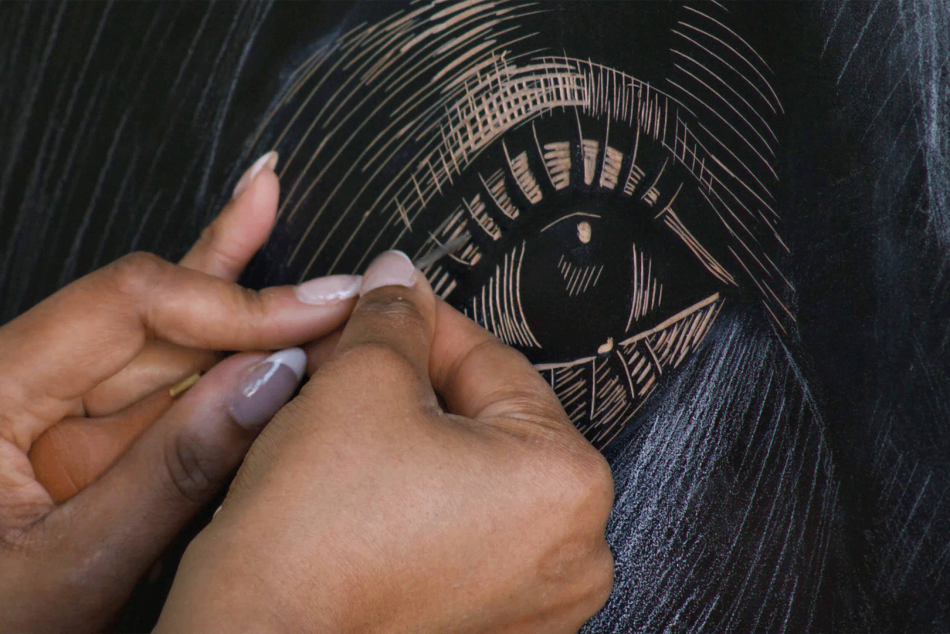
Video: Master Printmaker LaToya Hobbs Creates a Woodblock Print Inspired by Elizabeth Catlett
Master printmaker LaToya Hobbs creates a woodblock print portrait of Naima Mora, referencing the sculpture Naima created by Elizabeth Catlett.
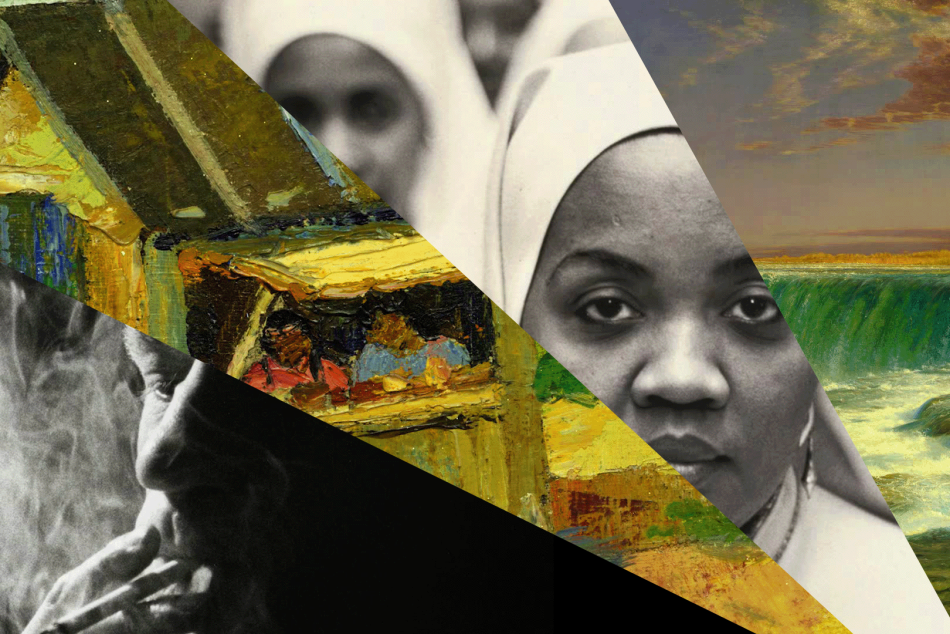
Video: Inside the Corcoran’s Incredible Art Collection
From 1869 to 2014, the Corcoran Gallery of Art was one of the oldest art museums in the United States, reflecting the country’s move from the ashes of the Civil War into the 21st century.

Video: Oddly Satisfying: Cakes Inspired by Wayne Thiebaud
Indulge your senses as an amazing baker delves into the delectable world of Wayne Thiebaud's iconic Cakes still-life painting.
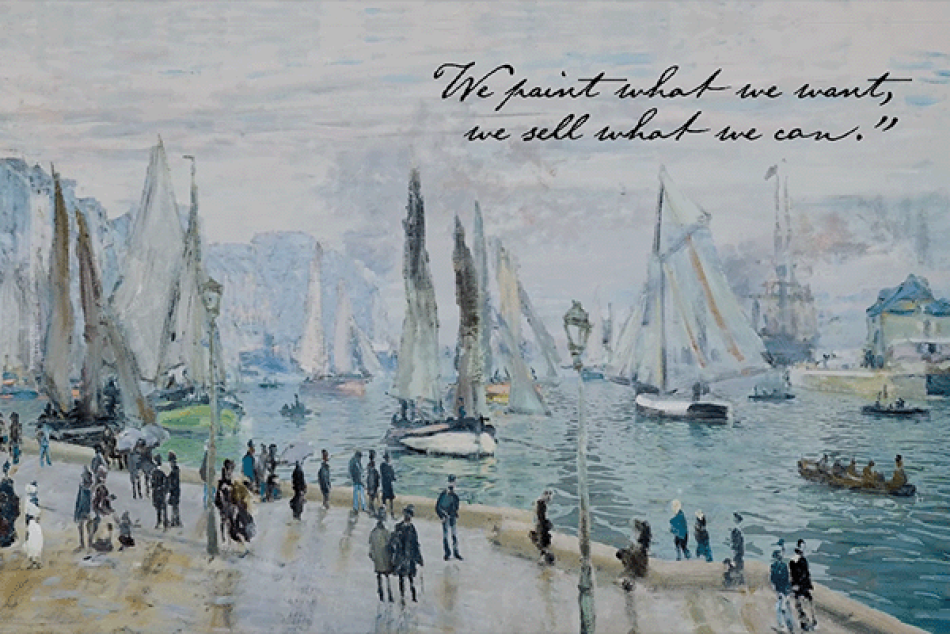
Video: How Impressionism Began with Cassatt, Degas, Monet, Morisot, and the Société Anonyme
Dive into the world of Paris in 1874 and discover how a movement that was reviled at the time changed the landscape of art forever.
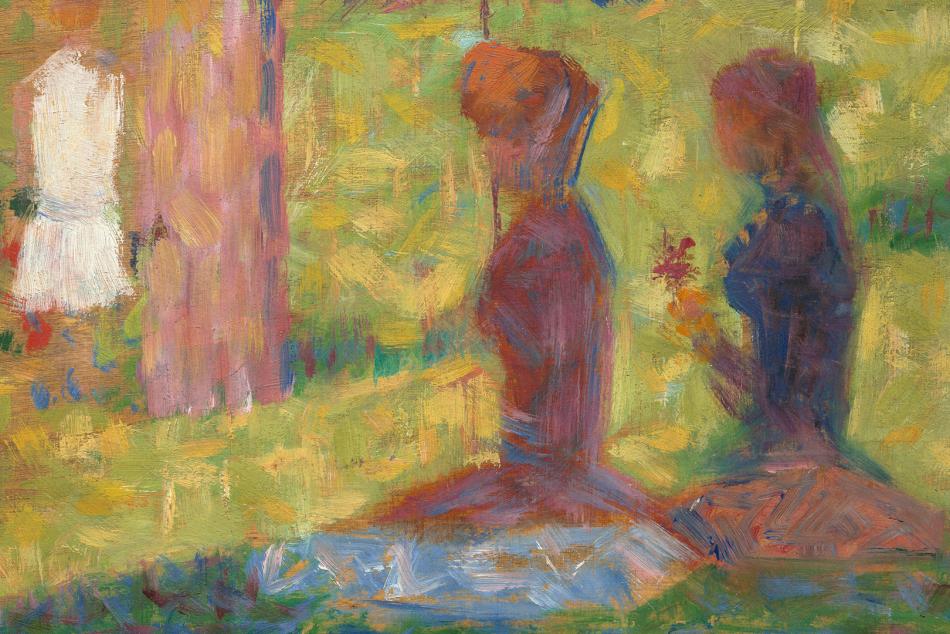
Video: How Does Seurat Connect Pointillism to Workers Rights?
New York Times art critic Aruna D’Souza discusses the work of painter Georges Seurat.
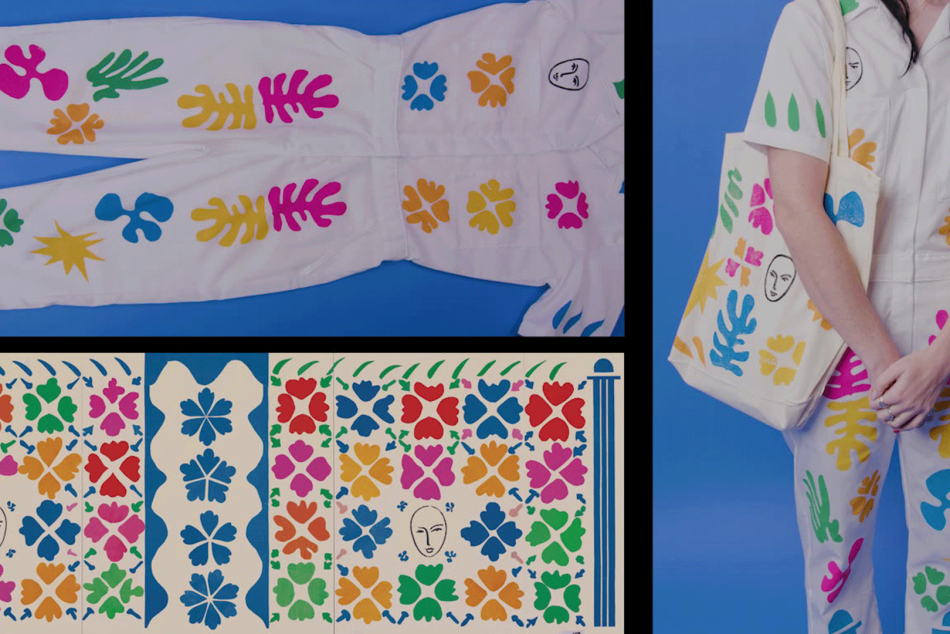
Video: D.I.Y. Art: Fabric Stamps Inspired by Henri Matisse
Watch and learn how to make fashion stamps on fabric inspired by Henri Matisse’s 1953 work Large Decoration with Masks.
Audio
Series
You may also like

Artworks
Explore our collection of nearly 160,000 works spanning the history of Western art.

Games and Interactives
Paint your own masterpiece, learn fun facts, or take an AI-powered journey through the collection.














